How soon can you start to harvest vegetable seeds? On each of the product pages here on Growseed each variety is broken down to Sow, Transplant and Harvest dates.
Here is a complete break down of each vegetable type.
Vegetable Seed Harvest Times
| Vegetable Type | Days Ready to Harvest |
| Asparagus | After 1 year |
| Aubergines | 180 Days |
| Broad Bean | 105 Days / 210 Days Autumn Sowing |
| Beetroot | 90 Days |
| Broccoli | 80 Days Sprouting / 200 Days Calabrese |
| Brussel Sprouts | 90 Days |
| Cabbage | 240 Days |
| Carrot | 85 Days |
| Cauliflower | 85 Dayss |
| Chard | 60 Days |
| Courgette | 75 Days |
| Cucumber | 70 Days |
| Fennel | 85 Days |
| French Bean | 85 Days |
| Garlic | 240 Days / 330 Days Autumn Sowing |
| Kale | 45 Days |
| Leek | 100 Days |
| Lettuce | 15 Days Baby Leaf / 60 Days Maincrop |
| Onion | 120 Days |
| Parsnip | 240 Days |
| Pea | 70 Days |
| Pepper | 240 Days |
| Potato | 100-130 Days 1st & 2nds / 200 Days Maincrop |
| Pumpkin | 110 Days |
| Radish | 40 Days |
| Runner Bean | 85 Days |
| Spinach | 50 Days |
| Squash | 100 Days |
| Swede | 180 Days |
| Sweetcorn | 85 Days |
| Tomato | 95 Days |
| Turnip | 60 Days |
The guide above is a rough outline depending the variety the days maybe +/- 10 days or so.
3 Vegetable seeds you can sow for the quickest harvest
If you are looking to sow and grow in the quickest time frame possible these are the 3 best crops to focus on.
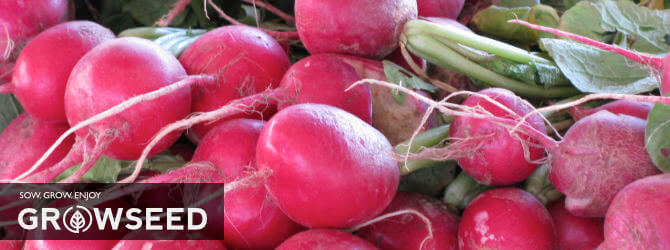
Radish
A very quick maturing crop and very easy to grow. Sow radish seeds 2cm apart. Cover with soil and give a light watering. Once first signs of growth water regular to encourage the plant to grow a nice large bulb.
Common Radish Problems: Under watering resulting in small thin crops.
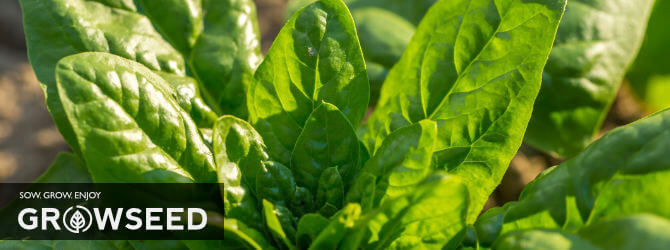
Spinach
Best to sow for a winter crop as the heat during the summer months can cause this vegetable to bolt. Sow 15-30cm apart water regular cuttings can be taken from 35-40 days the plant will reach full maturity within 50-60 days. Spinach seeds from 99p!
Tip: Radish can be grown all winter outside or undercover. It’s an excellent early harvest and winter crop when there is little else on the plot.
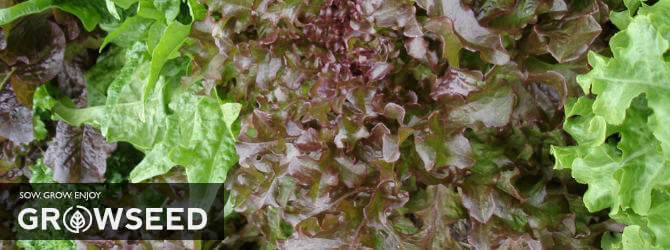
Lettuce
If you intend to grow a baby leaf lettuce then sow all the seeds in a shallow tray once a tray full of leaves have appeared normally within 20-30 days cut them back to harvest.
Growing as a main crop sow in trays to start and transplant once each plant has 4-6 leafs the lettuce can be harvested whole after 60 days.
Tip: Grow lettuce all year and sow regular every week to ensure a constant supply. With salad bowl variates harvest the outer leafs to encourage growth.
3 Crops to avoid if space is limited
If you have limited space to grow, then you need to get the most out of what little space you have. It’s recommended to avoid crops that require a long time in the ground as these tend to take up valuable growing space where quicker or shorter growing crops could be grown instead.
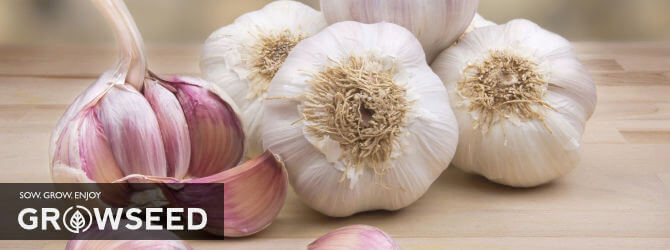
Garlic
Fully grown within 240-330 days garlic requires a long growing season and can take up space to other high value crops. If you still intend on having a garlic crop Red Duke or Picardy Wight are both excellent varieties to grow as they both produce a small tight bulb that can be grown in a pot should you wish to save space.
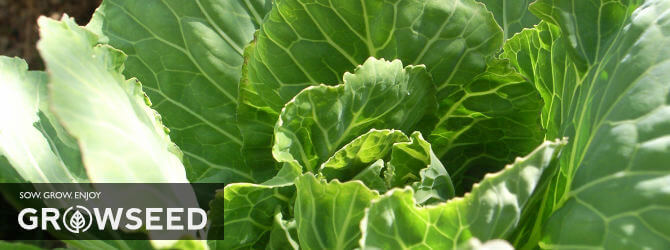
Cabbage
Not only does cabbage take 240 days to grow but the large leafs they produce can consume valuable growing space around them making interplanting and sowings very difficult.
If you love cabbage but space and crop management is key it’s worth trying dutchman due to its all slender shape there is little additional foliage which allows for additional crops to be sown between cabbage rows.
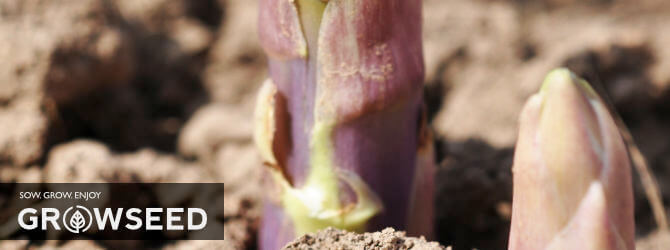
Asparagus
Starting from seed and you need to wait at least 2 years! Young crowns can only be harvest after 12 months and it’s recommended to take only 1 -2 spears per crown. A full harvest can be taken after 3 years of growth and can be enjoyed for another 15-20 years before the crop needs to be replaced.
One of the most space demanding and low yielding crops you can grow for the first 3 years. Buy Asparagus seeds and start sowing today.
Harvesting & Managing Vegetable Seeds
Growing vegetable seeds is not just about when to harvest for maximum yields and bumper crops. But to get the most out of your allotment requires careful management and planning in order to maximise production in the smallest of spaces or even in a large field.
Being prepared to harvest and re-sow is a key to any gardening success hopefully our quick chart can produce a more productive garden.